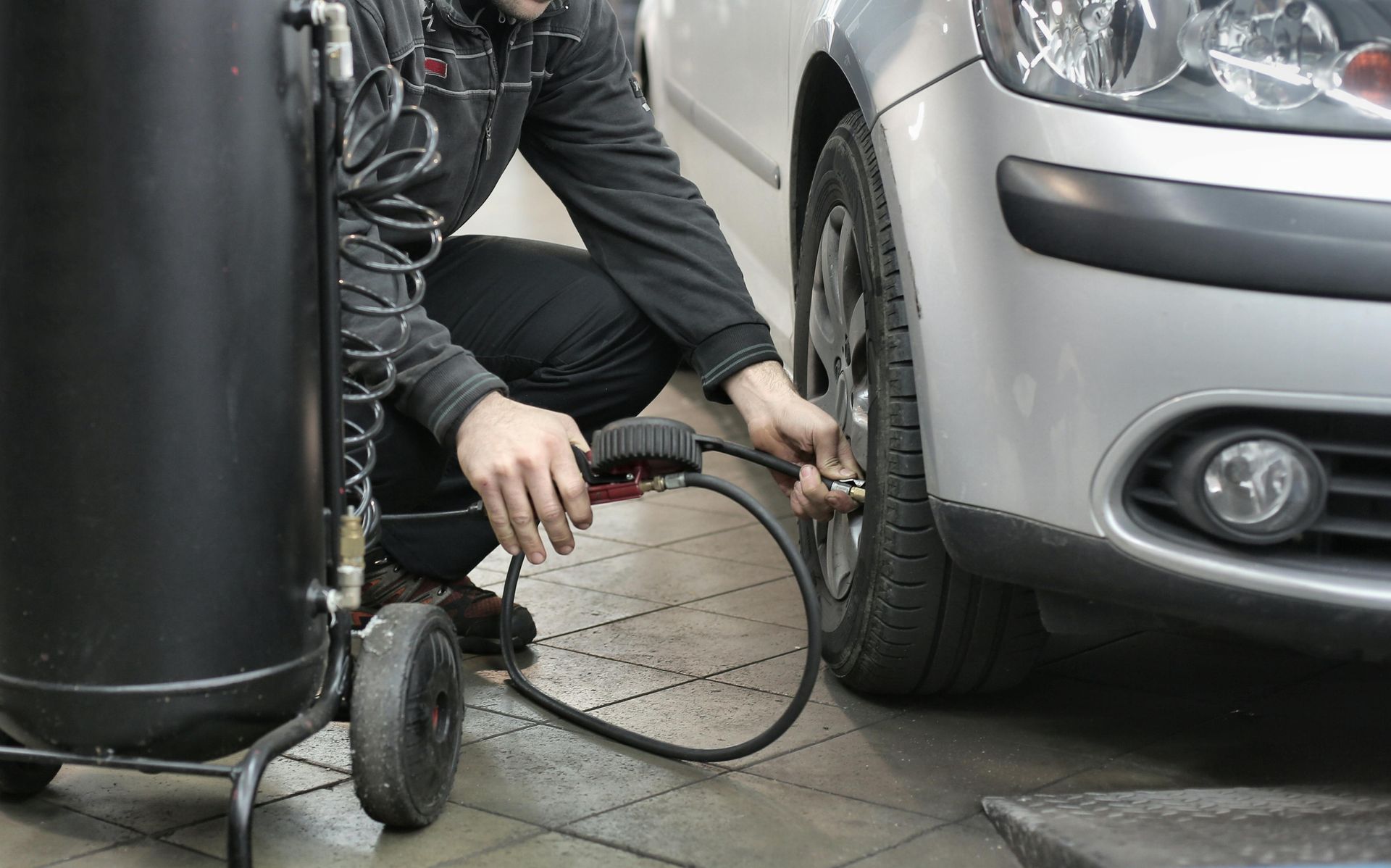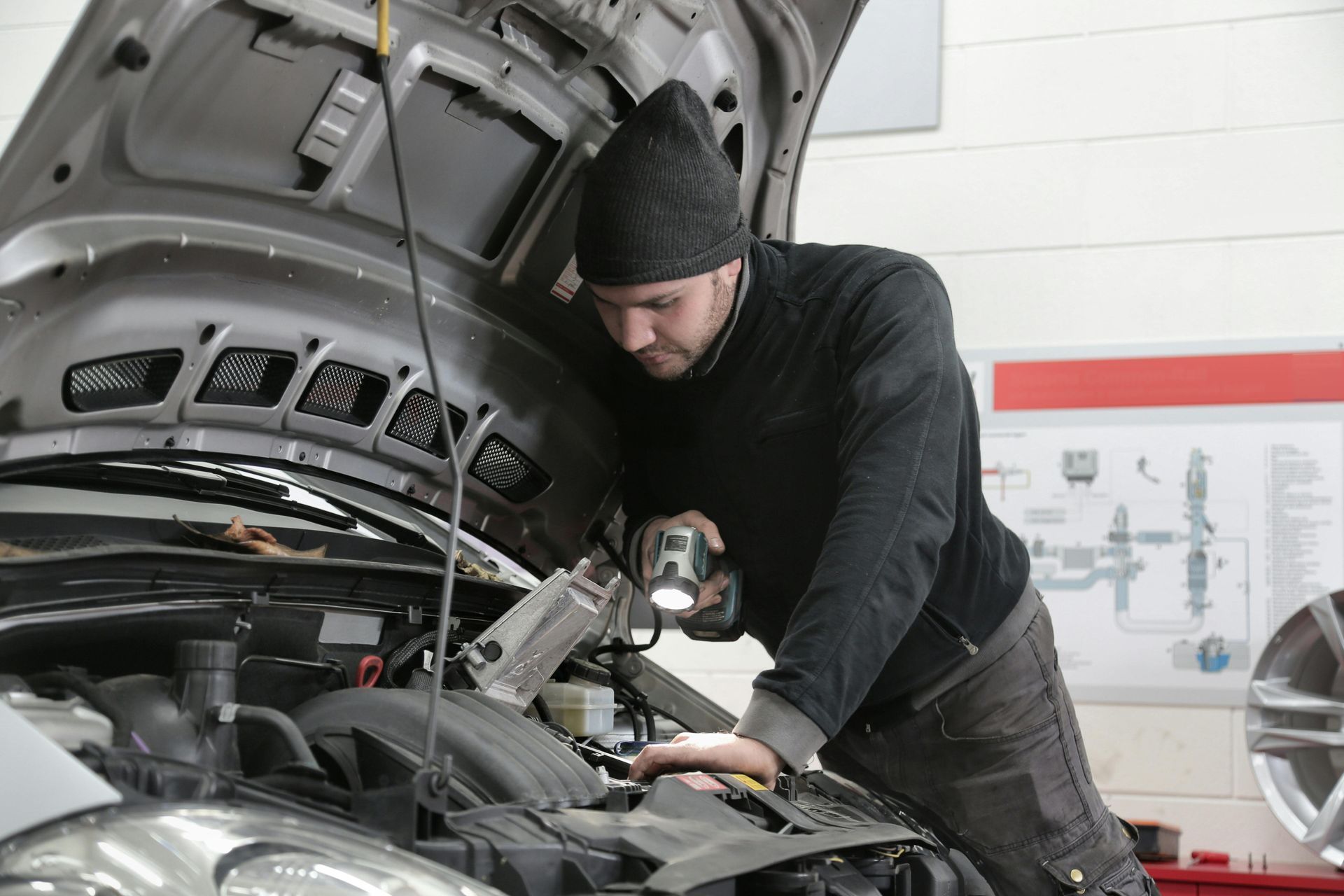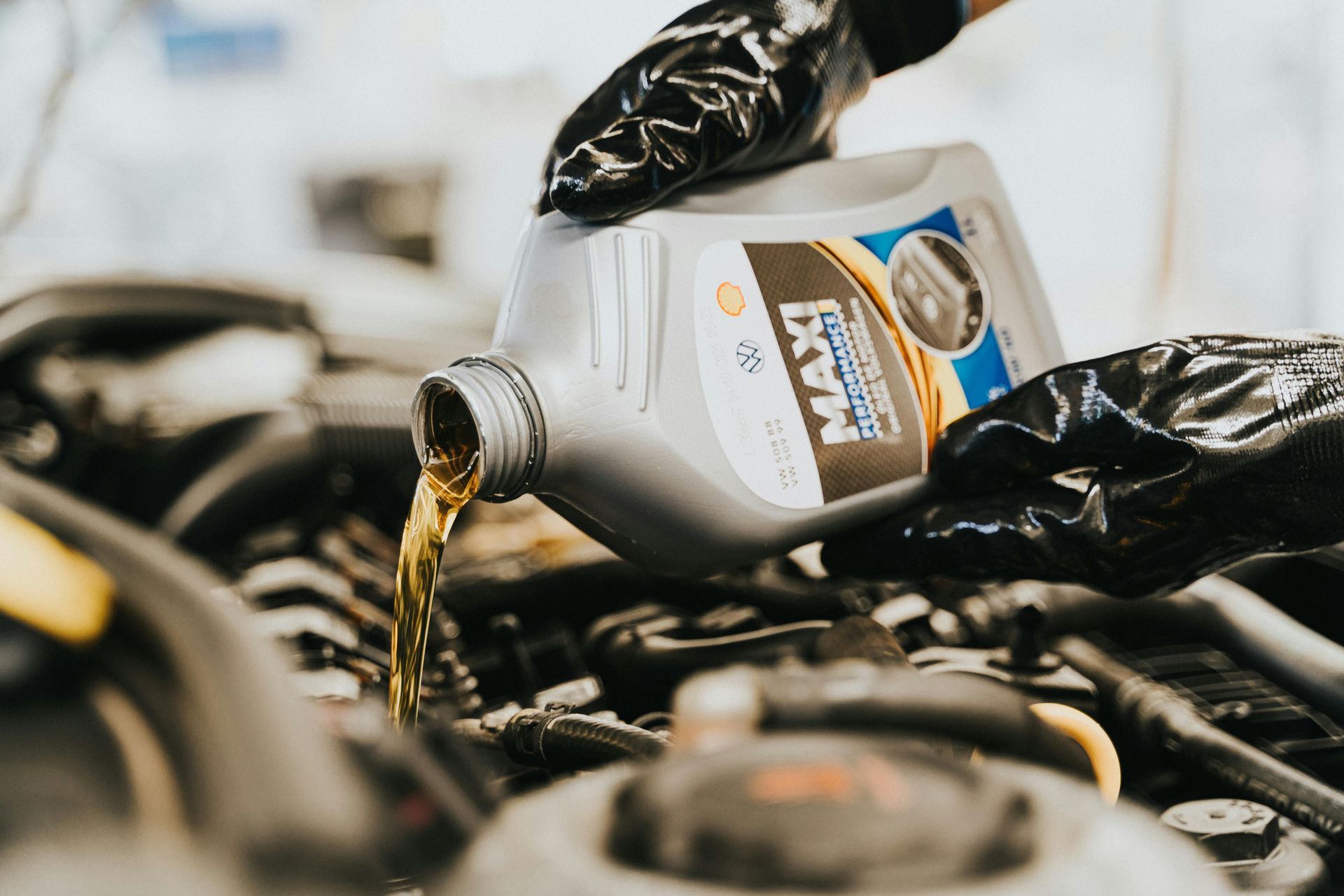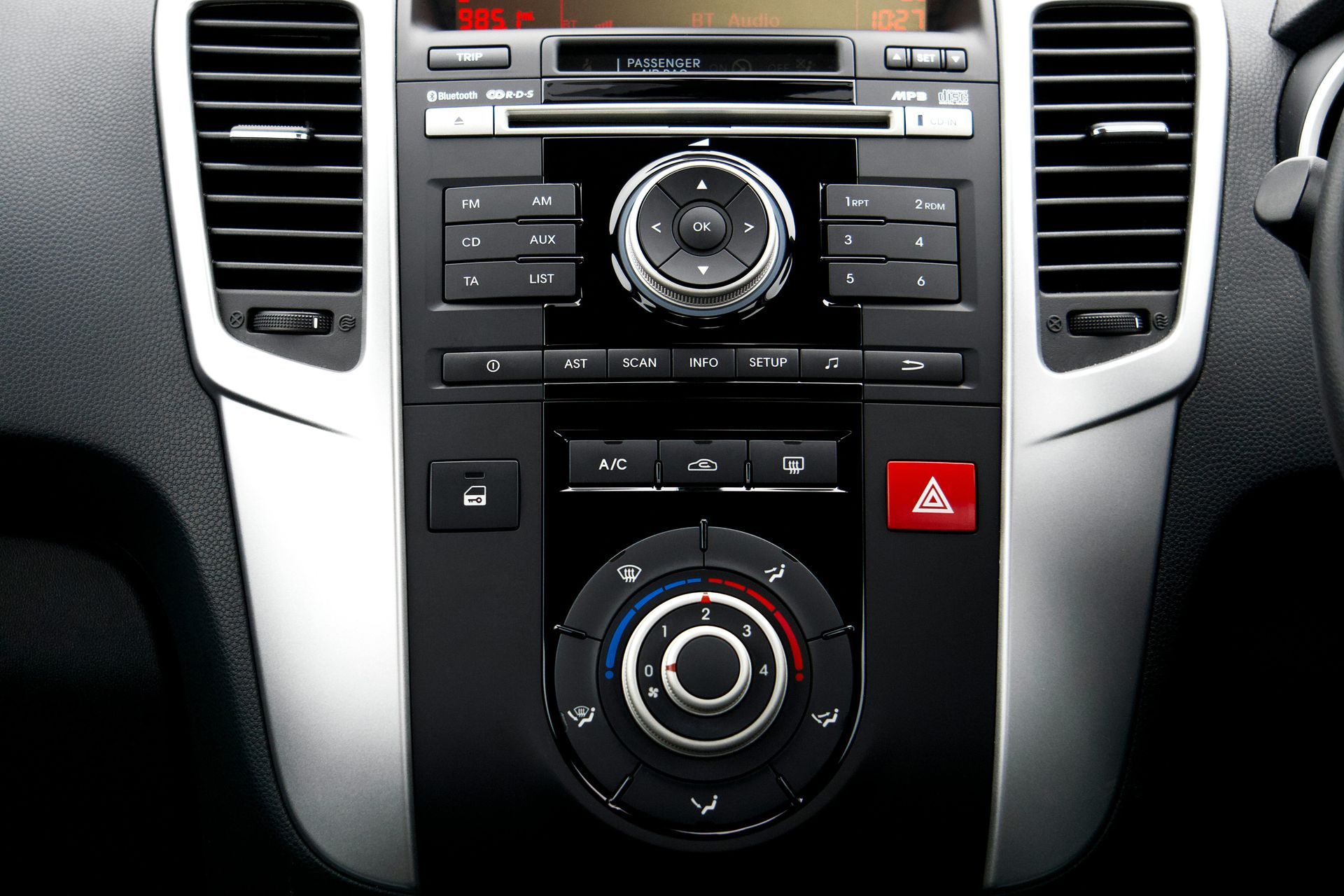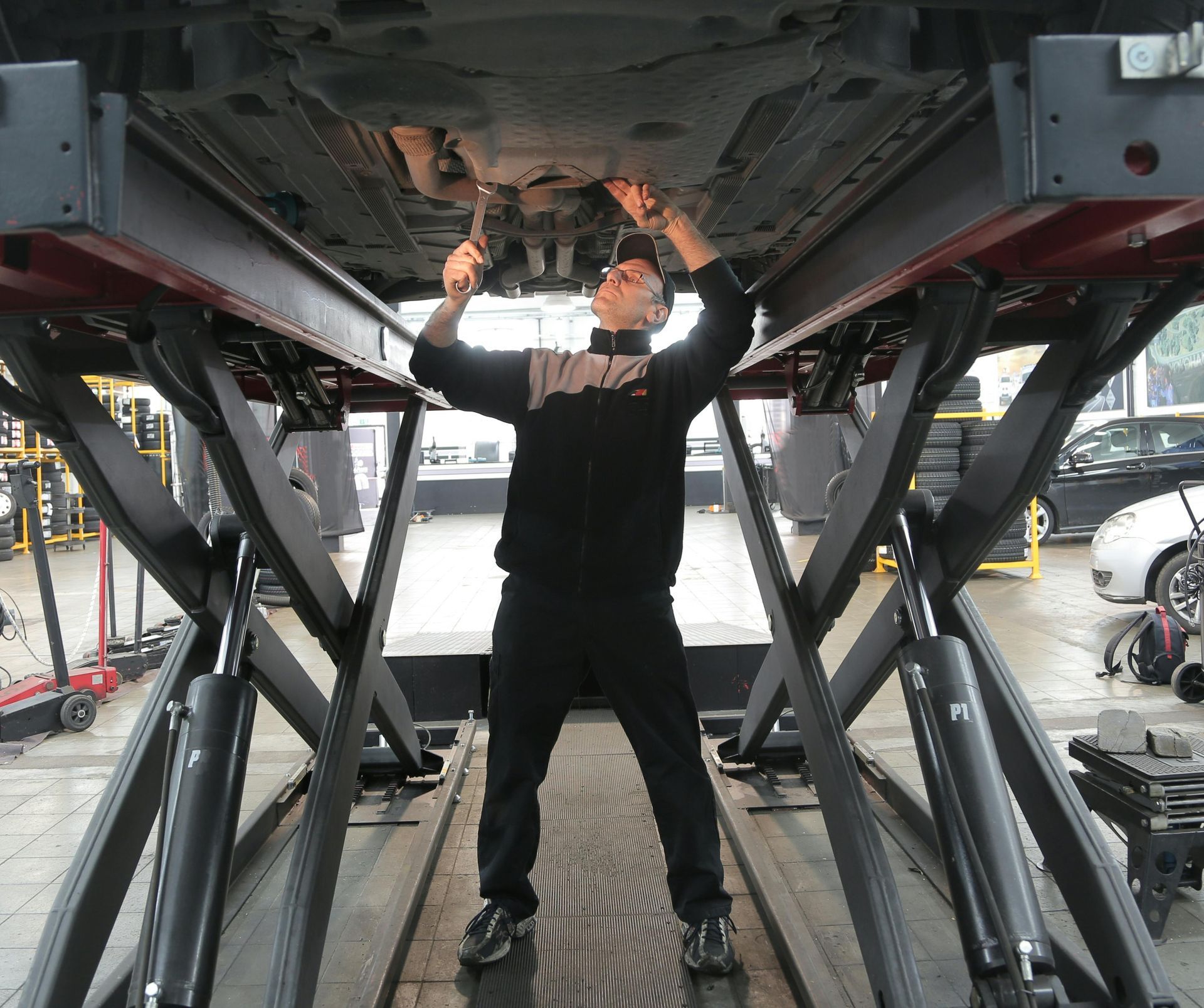Getting Your Car Ready for Salt Lake City's Fall Season
Fall in Salt Lake City brings stunning mountain views, crisp air, and rapidly changing weather conditions. While the leaves turn golden on the hillsides and temperatures begin their descent, smart drivers prepare their vehicles for the seasonal transition ahead.
Utah's fall weather can be tricky to predict. One day you're enjoying 70-degree sunshine, and the next you're dealing with frost on your windshield or an unexpected snowfall in the mountains. Your vehicle needs to be ready for these quick changes that define autumn along the Wasatch Front.
Why Fall Preparation Matters in Utah
Salt Lake City's unique geography creates challenging fall driving conditions. The valley's elevation and surrounding mountains lead to dramatic temperature swings, early frost, and sudden weather changes that can catch unprepared drivers off guard.
Fall preparation isn't just about comfort—it's about safety. The first frost of the season causes more accidents than almost any other weather event. Drivers who haven't switched their mindset from summer driving often struggle with slippery roads and reduced visibility.
Getting your vehicle ready now prevents problems later. It's much easier to address maintenance issues during pleasant September weather than during a November snowstorm.
Check Your Battery Before Cold Weather Hits
Car batteries hate cold weather, and Utah's temperature drops can be sudden and severe. A battery that worked fine during summer heat might struggle when morning temperatures drop below freezing.
Cold weather reduces battery capacity significantly. A battery operating at 100% capacity in summer might only deliver 50% capacity when temperatures hit 0°F. If your battery was already weakening, cold weather will push it over the edge.
Warning signs of battery trouble:
- Slow engine cranking, especially in cool mornings
- Dim headlights or interior lights
- Dashboard warning lights
- Battery terminals with white, powdery corrosion
Have your battery tested now, while you can still drive to the shop easily. Most batteries last 3-4 years in Utah's climate, so if yours is getting older, consider replacing it before problems start.
Inspect Tires for Cold Weather Performance
Summer tires that handled hot pavement perfectly may struggle with fall's cooler temperatures and wet conditions. As temperatures drop below 45°F, regular tires begin losing grip and flexibility.
Check your tread depth using the penny test. Insert a penny into the tread grooves with Lincoln's head pointing down. If you can see the top of his head, your tires need replacement before winter arrives.
Fall tire maintenance checklist:
- Check tire pressure weekly as temperatures drop
- Inspect for cracks, bulges, or uneven wear
- Consider switching to all-season or winter tires
- Don't forget to check your spare tire
Remember that tire pressure drops about 1 PSI for every 10-degree temperature decrease. As fall temperatures fluctuate, monitor your tire pressure closely.
Test Your Heating System Now
Nothing's worse than discovering your heater doesn't work during the first cold snap. Test your heating system on a mild day to ensure it's working properly.
Turn on your heat and check that:
- Warm air comes from all vents
- The blower fan works on all speeds
- There are no unusual smells or noises
- The defroster clears your windshield effectively
If your heater isn't working properly, address the problem now. Heating system repairs become much more urgent (and expensive) once cold weather arrives.
Replace Worn Wiper Blades and Check Fluid
Fall brings more precipitation to the Salt Lake Valley. Rain, snow, and sleet all demand good visibility, which means your wipers need to be in top condition.
Summer heat and UV rays damage wiper blades, making them less effective just when you need them most. Cracked, torn, or streaking wipers can turn a minor weather event into a dangerous situation.
Replace wiper blades that show signs of wear:
- Streaking or skipping across the windshield
- Cracked or torn rubber
- Chattering or squeaking noises
- Visible damage to the frame
Also check your windshield washer fluid. Summer driving depletes fluid reserves, and fall weather requires more frequent windshield cleaning.
Examine Your Cooling System Components
Your cooling system worked hard all summer and needs attention before temperatures drop. Coolant that's too old or diluted won't provide adequate freeze protection when temperatures fall.
Have your coolant tested to ensure it's still effective. Old coolant can freeze in Utah's winter temperatures, causing expensive engine damage. Most coolant should be replaced every 2-3 years or according to manufacturer recommendations.
Check for:
- Proper coolant levels
- Signs of leaks around hoses and connections
- Corroded or damaged radiator caps
- Cracked or bulging hoses
Prepare for Shorter Days
Fall days get shorter quickly in Utah. By late October, you'll be driving in darkness much more often. Make sure your lighting system is ready for increased use.
Check all lights including:
- Headlights (both low and high beam)
- Taillights and brake lights
- Turn signals and hazard lights
- Interior lights and dashboard illumination
Clean your headlight lenses if they've become cloudy or yellowed. Dirty or dim headlights reduce visibility and make it harder for other drivers to see you.
Stock Emergency Supplies
Fall weather can be unpredictable, and early storms sometimes catch drivers unprepared. Stock your vehicle with emergency supplies now, before you need them.
Essential fall emergency kit:
- Warm blankets or sleeping bags
- Non-perishable snacks and water
- Flashlight with extra batteries
- First aid kit
- Jumper cables or portable jump starter
- Basic tools and tire pressure gauge
Keep a winter emergency kit in your vehicle from October through April. Utah's weather can change quickly, especially at higher elevations.
Don't Forget Regular Maintenance
Fall is an excellent time to catch up on routine maintenance that might have been delayed during busy summer months. Fresh oil, clean air filters, and properly functioning belts and hoses all contribute to reliable cold weather operation.
Consider scheduling maintenance items like:
- Oil changes with appropriate viscosity for cooler weather
- Air filter replacement after dusty summer driving
- Brake inspection before winter driving conditions
- Transmission service if due
Plan for Elevation Changes
Salt Lake City's proximity to mountain areas means many drivers regularly travel to different elevations. Fall weather patterns can vary dramatically between the valley floor and higher elevations like Park City or the ski resorts.
Be prepared for temperature differences of 20-30 degrees between valley and mountain locations. Weather that's pleasant in Salt Lake City might be snowy in the mountains.
Get Ahead of Fall Weather Challenges
Don't wait for Utah's first winter storm to discover your vehicle isn't ready. Fall preparation keeps you safe and prevents expensive emergency repairs when weather turns nasty.
The experienced technicians at Jones Complete Car Care help Salt Lake City drivers prepare for seasonal changes with comprehensive vehicle inspections and preventive maintenance. Our ASE-certified team knows what Utah vehicles need to handle challenging fall and winter conditions.
With convenient locations in Salt Lake City, Taylorsville, and Clearfield, we make it easy to get your vehicle ready for the season ahead. From battery tests and tire inspections to heating system checks and fluid services, we provide complete fall preparation services.
Schedule your fall vehicle preparation today by calling (801) 896-9743 or booking online. Beat the weather and drive with confidence through Utah's beautiful but challenging fall season!
